TTAC News Round-up: Let's Talk Carbon Emissions, Volkswagen's Bigger Headache, and Plug-in Porsches

FCA has to clean up its act in a hurry, or pay a lot more to sell cars in the future.
That, Europe wants Volkswagen to treat its owners the same as American owners, General Motors’ lawyers get down and dirty and Porsche’s plug-in 911 … after the break!
Fiat Chrysler finishes last in fuel consumption for 2014
Fiat Chrysler Automobiles finished last among manufacturers in 2014 for carbon dioxide emissions among its vehicles, according to the U.S. Environmental Protection Agency.
That’s the fourth consecutive year the automaker has finished last and an ominous cloud for the automaker’s future viability when emissions requirements become more strict, according to Bloomberg ( via Automotive News).
“FCA doesn’t have the resources to fulfill the emissions requirements,” Maryann Keller, an independent auto-industry consultant in Stamford, Conn, told Bloomberg. “It’s not a company that can survive in its present form.”
To offset its cars emissions and fuel consumption, FCA buys more credits than any other automaker now, which may become exponentially more expensive in the future when credits are scarcer and restrictions are tighter.
European officials ask Volkswagen to compensate diesel owners
In a letter to Volkswagen CEO Matthias Müller, European officials asked Volkswagen to treat diesel car owners in Europe the same as American owners, namely, through its goodwill program.
“I would like to ask you to reconsider your stance regarding compensation and reflect on the ways to offer compensation also to the European consumers,” the European Union’s Industry Commissioner Elzbieta Bienkowska wrote, according to Reuters. “The issue of compensation goes beyond the difference in the legal set-up between the U.S. and the EU and plays a fundamental role in viewing VW as a responsible and trustworthy company.”
The increasing pressure from European regulators on Volkswagen to spend more for its illegally polluting cars compounds the problem the automaker already faces, including mounting pressure from U.S. authorities to fix — or buy back — its cars, and criminal charges for South Korean executives.
Oklahoma family’s eviction from home could derail lawsuit against GM
Lawyers for General Motors say a man who is suing the automaker for an alleged faulty ignition switch that disabled the airbags in his Saturn Ion “misled his own counsel, as well as the court and the jury,” Bloomberg reported ( via Automotive News).
Attorneys argued that Robert Scheuer, who said the defect injured him in 2014, falsified bank information three weeks after his crash to buy a home. Scheuer and his family were evicted from the home five months later.
Scheuer’s attorneys said they were unaware of the alleged fraud by the man, but said the automaker should still be held accountable for its defective ignition switches.
“Regardless of how GM paints it, the heart of this case is that Mr. Scheuer’s airbag did not deploy” as a result of GM’s misconduct, “and whatever dirt they throw at plaintiff and his wife doesn’t change that,” attorney Robert Hilliard said, according to Bloomberg.
NHTSA investigating possible faulty Ford Focus latches
The National Highway Traffic Safety Administration is investigating reports that doors on some Ford Focus models could open while moving, according to The Detroit News.
The inquiry covers 2012 and 2013 model years for the Ford Focus. One person reported injuries from trying to close the door.
More than 400,000 cars are affected by the investigation, and Ford recalled more than 450,000 Lincoln MKZ, Ford Fusion and Fiesta models last year for a similar problem, according to the report.
Porsche may make a plug-in hybrid version of its 911 – someday
Autocar reported that Porsche executives are considering a plug-in version of its iconic 911 sportscar — but it might not get here for another half-decade.
Porsche engineers would need to overcome a battery’s sizeable weight and dimensions before it could be added to a 911, according to the report.
At the North American International Auto Show, Porsche engineer Erhard Mössle told Autocar that the company would need to consider alternative powertrains to keep the 911 compliant with emissions regulations. (Considering the fleet average for the rest of Volkswagen, it’s hard to believe that they’ll be running to make the switch anytime soon.)
[Images: Fiat Chrysler, Volkswagen]

More by Aaron Cole
Latest Car Reviews
Read moreLatest Product Reviews
Read moreRecent Comments
- Corey Lewis It's not competitive against others in the class, as my review discussed. https://www.thetruthaboutcars.com/cars/chevrolet/rental-review-the-2023-chevrolet-malibu-last-domestic-midsize-standing-44502760
- Turbo Is Black Magic My wife had one of these back in 06, did a ton of work to it… supercharger, full exhaust, full suspension.. it was a blast to drive even though it was still hilariously slow. Great for drive in nights, open the hatch fold the seats flat and just relax.Also this thing is a great example of how far we have come in crash safety even since just 2005… go look at these old crash tests now and I cringe at what a modern electric tank would do to this thing.
- MaintenanceCosts Whenever the topic of the xB comes up…Me: "The style is fun. The combination of the box shape and the aggressive detailing is very JDM."Wife: "Those are ghetto."Me: "They're smaller than a Corolla outside and have the space of a RAV4 inside."Wife: "Those are ghetto."Me: "They're kind of fun to drive with a stick."Wife: "Those are ghetto."It's one of a few cars (including its fellow box, the Ford Flex) on which we will just never see eye to eye.
- Oberkanone The alternative is a more expensive SUV. Yes, it will be missed.
- Ajla I did like this one.

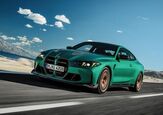

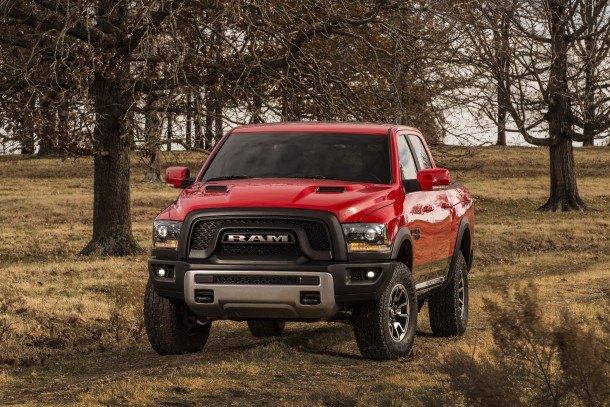















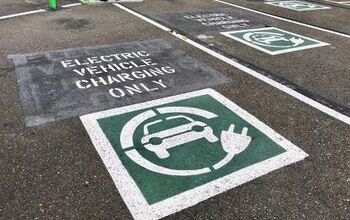
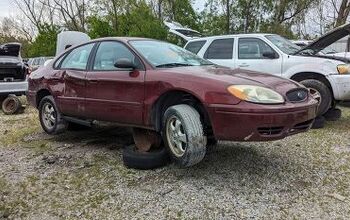
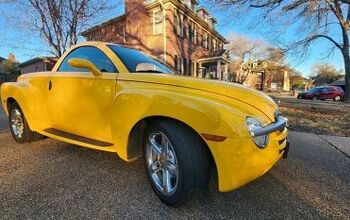

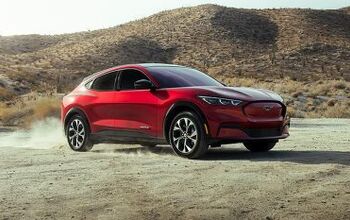

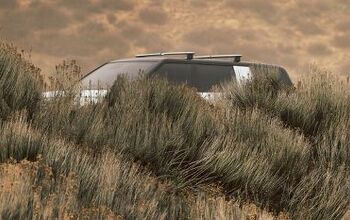
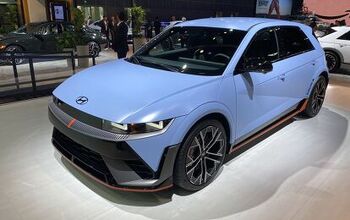

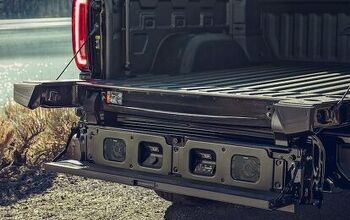

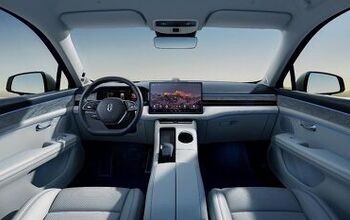
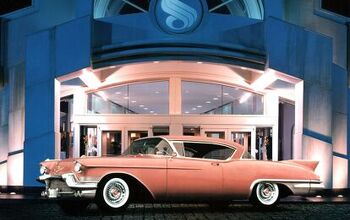


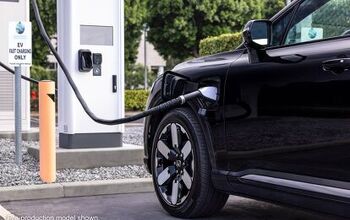

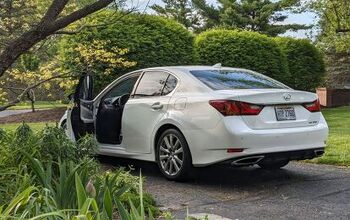
Comments
Join the conversation
The problem as I see it is twofold. The amount of exhaust gas is larger than most of us appreciate. Correct me if I’m wrong: 5.7L @3000 RPM = (@ one exhaust stroke out of four/second) 50/4 = 12.5 exhaust strokes per second each 5.7L = 71.25 litres of gas expelled PER SECOND. A percentage of that is CO2 which is hard to get around. But as I understand it, as much as 60% of the Gasoline isn't even burned, but exhausted as hot energized unburned gas. That's why you can thread a spark plug in your tail pipe and have flames shoot out the back when you trip it. Incomplete combustion is responsible for the Nitrous Oxides which as well as being poisonous, are also greenhouse gasses. When you have got a good business going, why would you let a simple engineering problem get in the way? There must be a list of patents as long as your arm that would reduce incomplete combustion. So would it follow that more complete combustion would yield more power, so that less raw volume would be needed. Or is there an expansion power limit that doesn’t make it worth burning fuel completely?
911 picture is of a '68 L that was for sale by CPR Classic back in 2013/2014. '68s are a good example of Porsche's evolution toward the LWB cars with a lot of one-year-only or first-year changes.